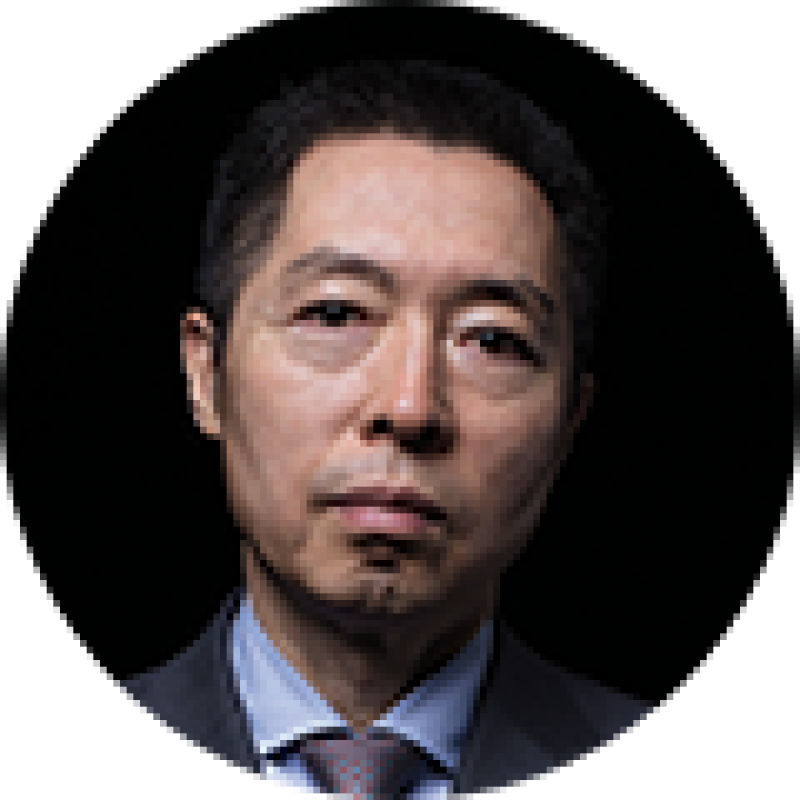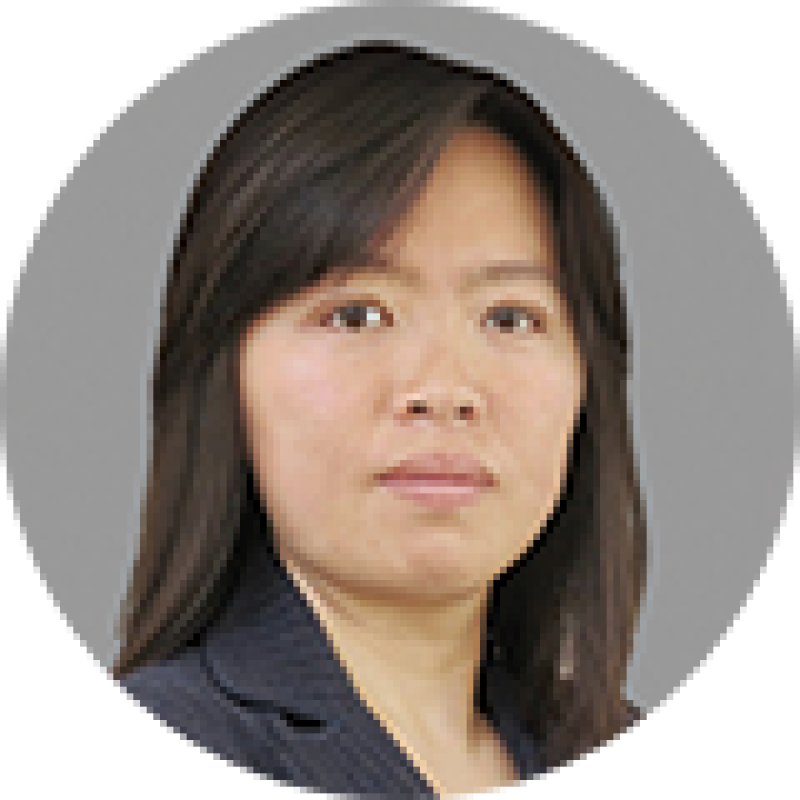The China National Intellectual Property Administration (CNIPA) announced the latest amendments to the Patent Examination Guidelines (hereinafter referred to as the guidelines), part of which became effective on November 1 2019 and the rest on February 1 2020. This article aims to provide some practical advice on the highlights of the revisions.
Further divisional applications
The amended guidelines explicitly clarify that a further divisional application based on a pending divisional application which is objected to for lack of unity of invention, shall be examined according to the status of this divisional application lacking unity of invention (Section 5.1.1 (3), Chapter I, Part I), so as to avoid "infinite divisional applications."
Divisional applications are often used by patent applicants strategically to gain strong and comprehensive protection. For some essential patent applications, it might be necessary to file multiple divisional applications, in order to keep the application in a "pending" status strategically. Typically, people can file divisional applications only while the parent case is pending. The only exception is when a unity rejection is issued in a divisional application. Then, people can file divisional applications while the divisional application is pending. Here are some strategies for filing divisional applications.
1.1 Delay the parent application
If the applicant projects that they might file divisional applications after the parent application is allowed, we would advise them to change their plan by filing a divisional application in advance and trying to obtain the patent right (e.g. via filing PPH request) of the divisional application while keeping the parent application in "pending" status. It is also possible to make good use of the reexamination stage, which starts from the receipt of Notification of Rejection to the parent application to the period of administrative litigation, assuming the applicant is against the reexamination decision, to ensure that the parent application remains in a "pending" state and earn more time to be able to file a further divisional application.
1.2 File divisional application deliberately with unity defect
If it can be foreseen that there is the possibility of submitting further divisional applications, the applicant may include two sets or more of claims that obviously do not comply with the requirements for unity of purpose when filing a first-generation divisional application (based on the parent application) to try to trigger a unity of invention rejection. It would then be highly likely that the first-generation divisional application would receive a Notification of Lack of Unity during the examination stage, which enables the applicant to file a second-generation divisional application.
Deferred examination for invention and design applications
According to official statistics in the first half of 2019, the average examination period for an invention is 22.7 months and 6.2 months for a utility model. For a design patent, the period is four months. In the next four years, the examination period for an invention will be reduced by a third on average. However, in practice, some technology fields need to obtain more time via deferred examination in order to assess the market and adjust protection scope of claims. In light of the merchandising process and the process for design applications, some applicants do not to want designs to be published before launching the relevant products. Due to the above reasons, the amendments of the guidelines introduce deferred examination for invention and design applications.
Taking an invention application as an example, if the applicant wants to file a request for deferred examination, it has to be filed at the same time as requesting substantive examination. The request for deferred examination shall take effect from the effective date of substantive examination. The examination can be deferred by one, two or three years from the effective date of substantive examination. Since people can use deferred examination in divisional applications, the applicant can request deferred examination for both the divisional application and the parent application.
The amendments to the guidelines do not mention whether and how applications that apply for deferred examination are published, nor do they mention when the applicant would expect to receive the Notice of Entering into Substantive Examination or whether there is still an opportunity for voluntary amendments (as provided for cases without deferred examination) for applications under deferred examination. Obviously, these details missing from the amendments will directly affect the results for deferred examination, since the request for delayed examination needs to be submitted at the same time as the request for substantive examination.
Relevant provisions on examination of invention applications relating to algorithms and business methods
In April 2017, the guidelines were amended to incorporate claims related to business methods as patentable subject matters. However, in practice, the amendments only contribute to the fact that the examiner no longer directly rejects patent applications including both business methods and the technical features according to Article 25 of the Chinese Patent Law. If the invention is related merely to technical features which cannot meet the provisions in Article 2 and Article 22 of the Patent Law, the patent application will not be granted based on the contribution of its non-technical features. Putting it differently, the amendments to the guidelines in 2017 did not really serve the purpose of making subject matters related to business methods or artificial intelligence etc. patentable.
In the revised guidelines which came into effect on February 1 2020, the part of "the relevant provisions on the examination of invention applications containing algorithmic features or business method features" was newly added, emphasising the principle of overall consideration of claims, and clarifying that in the examination, the technical features and algorithm features or business method features should not be simply separated. Instead, all the limitations recited in the claims should be considered as a whole. In addition, in the process of determination of inventiveness, the guidelines further clarify the principle of relevance consideration. The algorithm features or business method features that are functionally mutually supportive and interactive with technical features should be considered as a whole, taking into account the contribution of algorithm features or business method features to the technical solution.
In view of the above, we would suggest that for invention applications involving algorithm features or business method features, special attention should be paid to describing the technical field it is applied to. By combining abstract algorithmic features with specific technical areas to make technical solutions include technical features, the solution of the invention application accordingly becomes patentable subject matter.
In addition, by describing the combination process, it is easier to describe the technical effects in the specification. By explaining how such technical effects resulting from the technical features and the algorithm features or business method features are functionally mutually supportive and interactive with technical features, as well as by stating how algorithm features or business method features contribute to the technical solution, the examiner can more easily understand the respective contribution of the technical features and algorithmic features to the technical solution. This will ensure that the invention containing algorithm features or business method features is successfully protected by patent law.
Amendments regarding telecommunications between examiner and applicant
The amendments have relaxed the restraints on the timing and the scope of contents of the communication, which can be initiated for as long as necessary. The telecommunication can be set up on the request of either the examiner or the applicant at any time during the substantive examination proceeding, not only to clarify and address minor or formality issues under the current practice, but also to eliminate discrepancies and promote understanding of the application and the prior art, or problems in the application documents. In addition, video conferencing, email, etc. are added as possible forms of communication between examiners and applicants, facilitating communication between the two parties.
According to our experience, more and more examiners are willing to discuss novelty and inventiveness issues via telecommunications. Such communication can help the examiner to understand the technical solution of the invention accurately. It is also beneficial for the applicant to understand the factual basis and reasons for the examination comments presented. Thus, it helps both parties to be on the same page on how to overcome the defects raised by the examiner, which consequently expedites office action responses and the prosecution of the case.
Furthermore, the amended guidelines alleviate the clerical burden of examiners engaging in telephone discussions by amending the portion stating "examiner should record" into "only if necessary, the examiner should record the contents of the telephone discussion and put them in the application file records." Accordingly, as for applications which aim to obtain maximum protection scope, or applications in some emerging or cutting-edge technical fields, we would suggest grasping this opportunity and communicating with the examiner via telephone discussion before formally responding to the office action, so as to lower the probabilities of issuance of another OA, the cost of service fees and the risk of file wrapper estoppel brought by responses.
In addition, revisions to the guidelines are also related to search, interview with the examiner, design patents involving graphical user interfaces, invalidation procedures and so on. It is recommended that applicants carefully look into the amendments and adapt their patent filing strategy accordingly.

Simon Tsi
Managing partner Simon Tsi is a litigator with extensive experience of working with government organisations. With expertise in arbitration, corporate law, security and finance law, construction and real estate law, and IP, he has overseen some of China's biggest corporate takeovers. Tsi, who specialises in legal risk prevention and control, has won landmark trademark infringement and unfair competition cases on behalf of Honeywell International, Kraft, and Johnson & Johnson.
In 2016, Tsi obtained a rare preliminary injunction on behalf of Under Armour in the high court of Fujian's IPR tribunal – the second such injunction the court has ever issued. Tsi has long-term working relationships with many of China's most successful business people and specialises in connecting them with overseas firms. He has worked for China's Department of Justice, the Ministry of Personnel, and the State Power Grid Construction Corporation.

Chenyan Wu
Chenyan Wu is a partner at Chang Tsi & Partners. She is licensed to practise patent work in China and also passed the US Patent Bar Exam. She has 14 years of work experience in the field of intellectual property, including one and a half years working at a US patent firm and a two-month internship at a multinational corporation based in the US.
She has served as vice chair of the Patent Cooperation Treaty Issues Committee of the American Intellectual Property Law Association (AIPLA).
She has worked for telecommunication and semiconductor clients for 16 years and has extensive experience in patent matters, covering prosecution, invalidation and opinion work. She helps multinational corporations protect their intellectual property worldwide, handling IP strategy, patent portfolio management, and enforcement matters.

Tracy Lin
Tracy Lin is a partner at Chang Tsi & Partners and the director of the firm's Japanese IP Services Department. Before joining Chang Tsi & Partners, Ms Lin worked in IP at the Panasonic Corporation for more than 10 years, and her job there mainly involved invention mining, filing international patent applications in the US, Japan, China and Europe, right evaluation and maintenance, and right execution. Her experience working as an in-house attorney makes her very familiar with a company's demands and requirements at each stage of prosecution.
Ms Lin began her career as a patent attorney in 2004 and passed the China Bar in 2008. She studied Japanese IP law when she studied for her master's degree at Osaka University, Japan. These qualifications have laid a solid foundation for her to handle IP cases in China and abroad.











